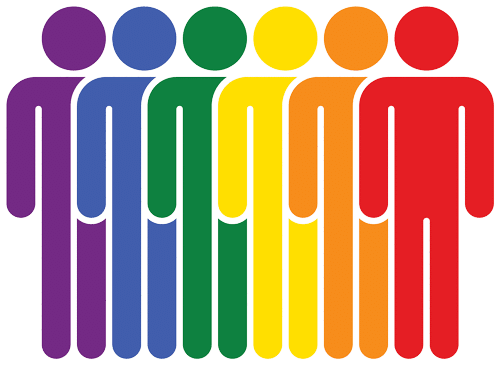Control arms and ball joints are important components of a vehicle’s suspension system, responsible for supporting the weight of the vehicle and allowing for smooth, stable handling. In this blog, we’ll take a closer look at control arms and ball joints, including how they work, common issues, and maintenance tips.
What are Control Arms and Ball Joints?
Control arms are typically shaped like an A and are attached to the frame of the vehicle at one end and the wheel hub assembly at the other. They help to support the weight of the vehicle and maintain proper alignment of the wheels.
Ball joints are a type of joint that allow for rotational movement between two parts. In the case of a vehicle’s suspension system, ball joints are located where the control arm connects to the steering knuckle, allowing for movement and adjustment of the front wheels.
How Do Control Arms and Ball Joints Work?
When a vehicle hits a bump or experiences other uneven road conditions, the suspension system works to absorb the impact and keep the wheels in contact with the road. Control arms and ball joints play a critical role in this process, allowing for movement and adjustment of the front wheels.
The control arms support the weight of the vehicle and maintain proper alignment of the wheels. The ball joints allow for movement and adjustment of the front wheels, helping to absorb the impact of uneven road conditions and maintain stability.
Common Control Arm and Ball Joint Issues
Over time, control arms and ball joints can become worn or damaged, leading to issues like poor handling, vibration, or uneven tire wear. Some common control arm and ball joint issues include:
- Worn or damaged ball joints
- Worn or damaged control arm bushings
- Bent or damaged control arms
- Excessive play in the suspension system
- Difficulty steering or maintaining control of the vehicle
If you’re experiencing any of these issues, it’s important to have your control arms and ball joints inspected by a qualified mechanic to determine the best course of action.
Maintaining Your Control Arms and Ball Joints
Proper maintenance can help extend the life of your control arms and ball joints and prevent issues from occurring. Here are some tips for maintaining your control arms and ball joints:
- Have the suspension system inspected by a qualified mechanic regularly
- Replace worn or damaged control arm bushings and ball joints as necessary
- Check the alignment regularly to ensure even tire wear
- Avoid hitting potholes or other large bumps in the road
Conclusion
Control arms and ball joints are critical components of a vehicle’s suspension system, responsible for supporting the weight of the vehicle and allowing for smooth, stable handling. By understanding how they work, common issues, and maintenance tips, you can ensure that your control arms and ball joints are functioning properly and avoid more serious issues down the road. If you suspect that your control arms or ball joints are worn or damaged, it’s important to have them inspected by a qualified mechanic to determine the best course of action.

